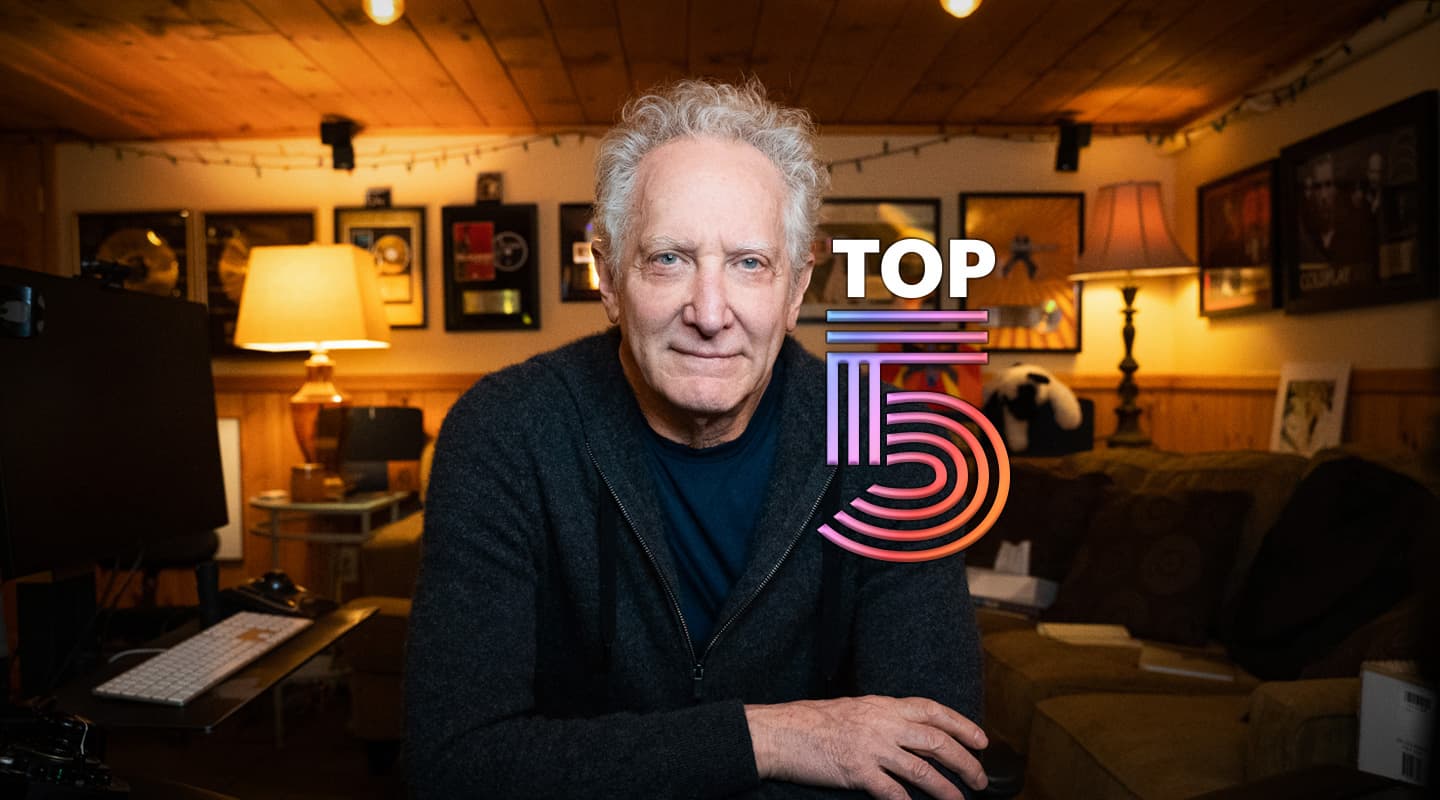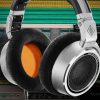
Top 5: Michael Brauer
American mix master Michael Brauer nearly 50-year career includes work with Coldplay, Aretha Franklin, Bob Dylan, John Mayer and The Rolling Stones. He is also renowned for his sonic approach, which he calls ‘Brauerize’. He talks to us from BrauerSound Studios to reveal his five essential studio tools.
By Joe Matera
20 March 2023
MXR PHASER FLANGE
MXR Phaser/Flangers were made in the late ’70s. I feed the phaser into the flanger. Back when I was recording Luther Vandross and all those early records, I would often put the MXR Phaser/Flanger across the Rhodes. These days, I will insert them across a Rhodes track that I’m mixing. I have four of them, so both sides of the stereo are going into Phaser/Flangers. I just love the sound they make.


TELETRONIX LA3A
I use these to achieve a shimmering piano sound. It was the compressor I used going into a couple of Pultecs to get that shimmering piano sound on Luther Vandross’ ‘Never Too Much’ (1981) and many other records from the ’80s and ’90s. The LA3A has been modified to have both the LA3A and LA2A cans. The difference is in the attack and release. I can move between both by using a toggle switch on the front. There’s also a knob to have certain frequencies more sensitive to the compressor.
AWA G7201
My AWA G7201 green compressor is an Australian-made design, and it’s the only one of that type available. There’s the other one that is based on the RCA BA6A, which is easier to find. But the AWA G7201 is the only one I know of, and, of course, it’s been heavily modified. I use the AWA exclusively on the lead vocal. There’s just something about it that’s hard to describe, but it just brings a vulnerability out of the vocal.


PLUGIN ALLIANCE SSL PROCESSORS
I’m an SSL guy from way, way back. At MediaSound, I grew up on a Neve 8068 mixing console. I was a staff engineer there for nine years and then moved out when I became an independent engineer. I settled into Right Track where they had an SSL 4000 and eventually a 6000. I was there for around four years and then moved across the street to QuadStudio. They had a 4K and eventually purchased a 9000J for the Penthouse. I loved that room. I probably spent a good five years there and then I moved to Sony Studios where they had a 5K, 6K, 8K and eventually a 9K. I mixed on all of them and finally settled on the 9K.
I began developing a multibus compression method on the 6K back at Quad studio and had ‘Brauerize’ fully developed by the time the 9K was released. The 6000 had three stereo sub buses and the 8000 had four. Then the 9000 had the four plus the stereo bus. After several years of going back and forth from Sony studios to Quad, I moved to Electric Lady Studios and had Studio B where they had the famous purple SSL 9000 which was the punchiest desk I’d ever heard.
After nine years I left Electric Lady Studios and went to my own studio and went hybrid. But I always wanted the SSL sound, so I used plugins across all the channels. At the time, only the 4K plugins were available, and a few companies were making them. I tried them all and decided on Plugin Alliance because it had a vibe to them. Eventually they made the 9K. As a beta tester I helped tweak it to be exactly how I was used to hearing those channels at Electric Lady Studios.
ATC SCM25A
I absolutely love these monitor speakers. I have spent 90% of my career on ProAc SM100s. I have mixed everything on them. I had transparent cables going to Chord 1200c amp. And what a great sound! At Electric Lady Studios I also had bigger monitors, the ATC SCM50s with subwoofers. Since it was such a huge console, I placed the ATC SCM25s at one end. Over time, I fell in love with those speakers. There’s something so musical about them. When the pandemic came for an unwanted extended visit, I moved out of the city and put a studio in my house in the Catskills. I only had room for one set of monitors and so I chose the ATC SCM25s.


























RESPONSES